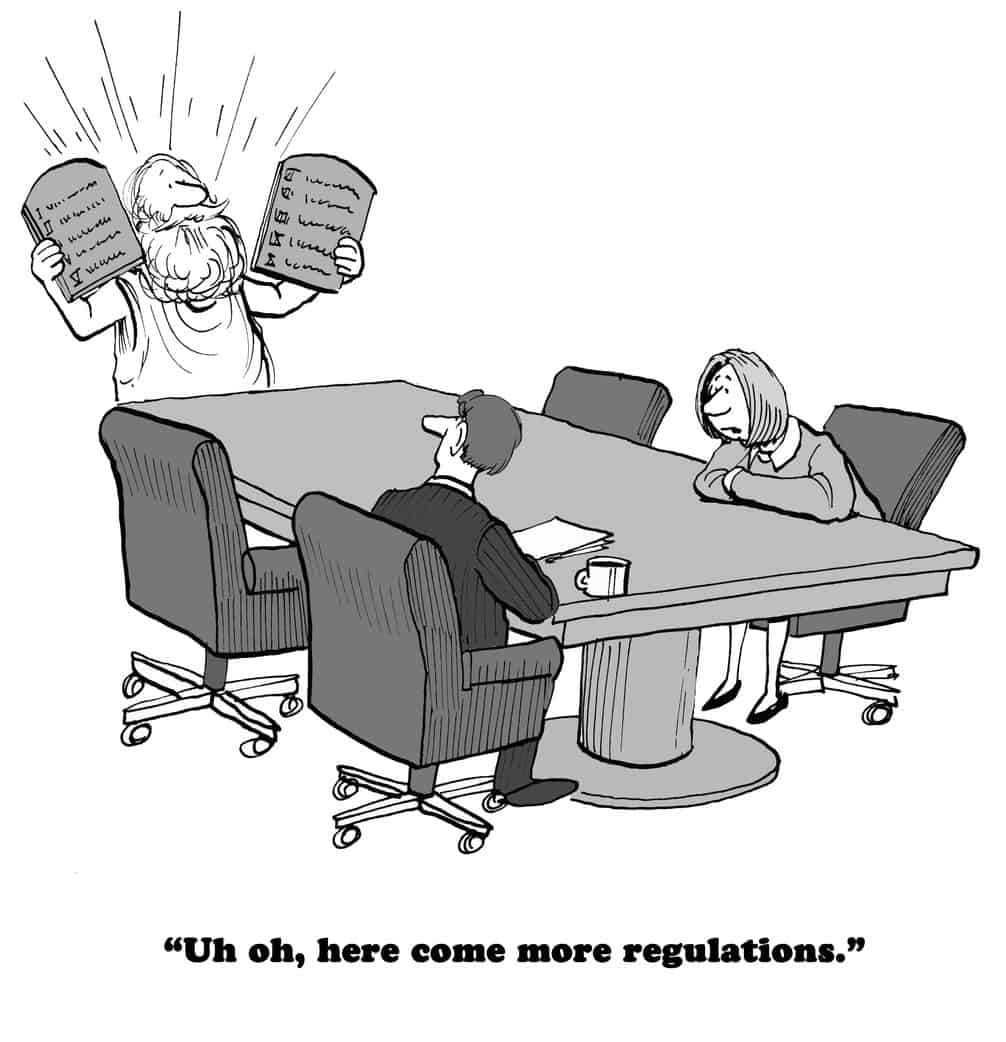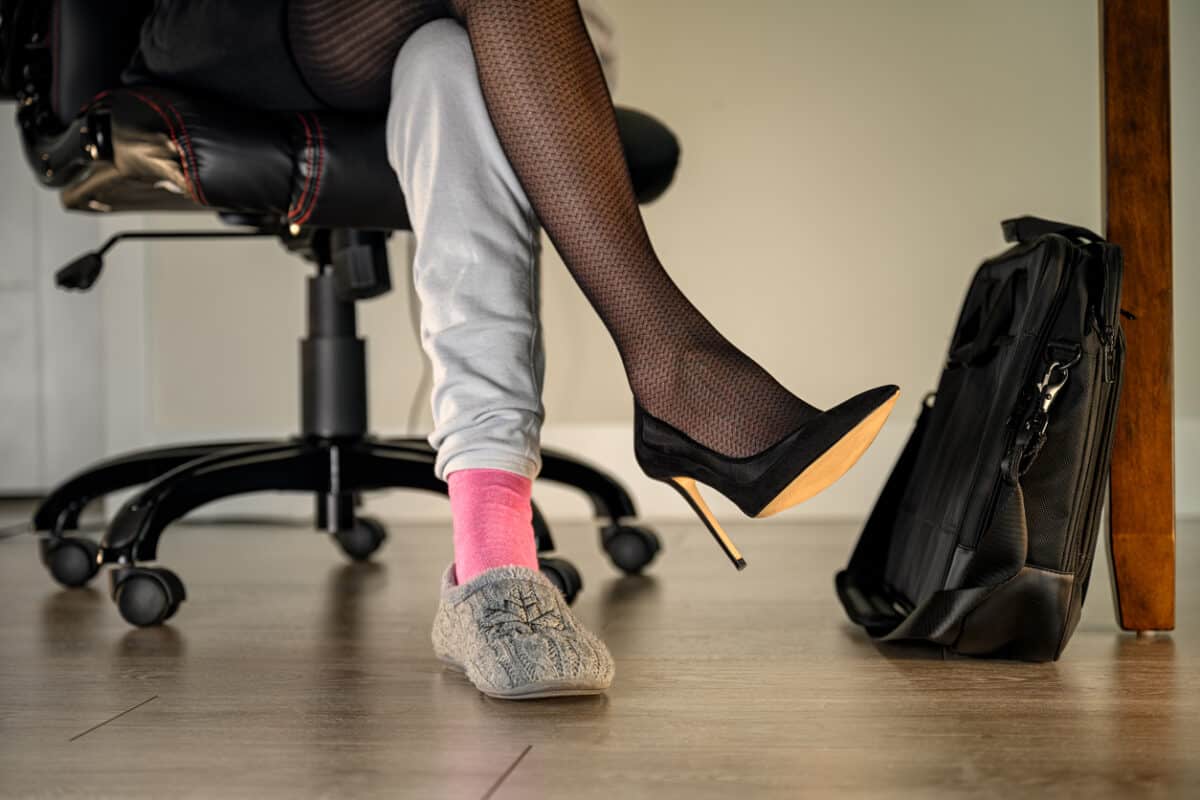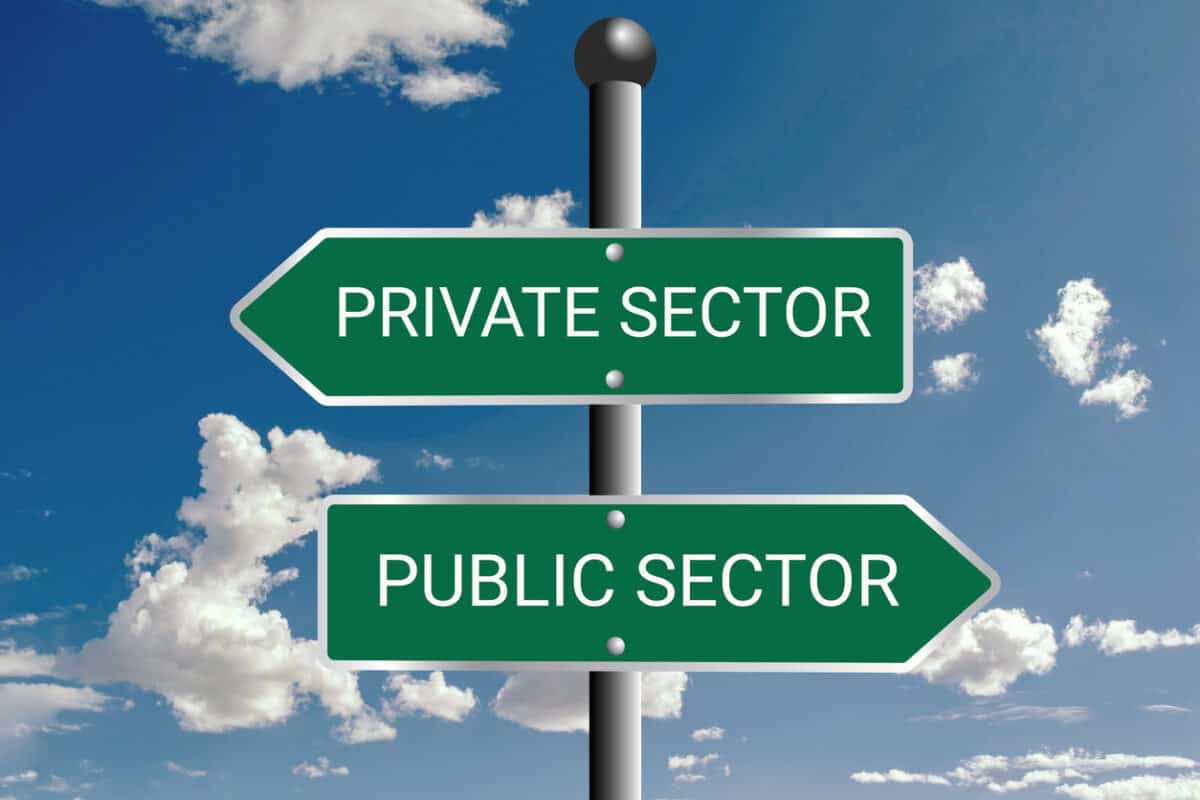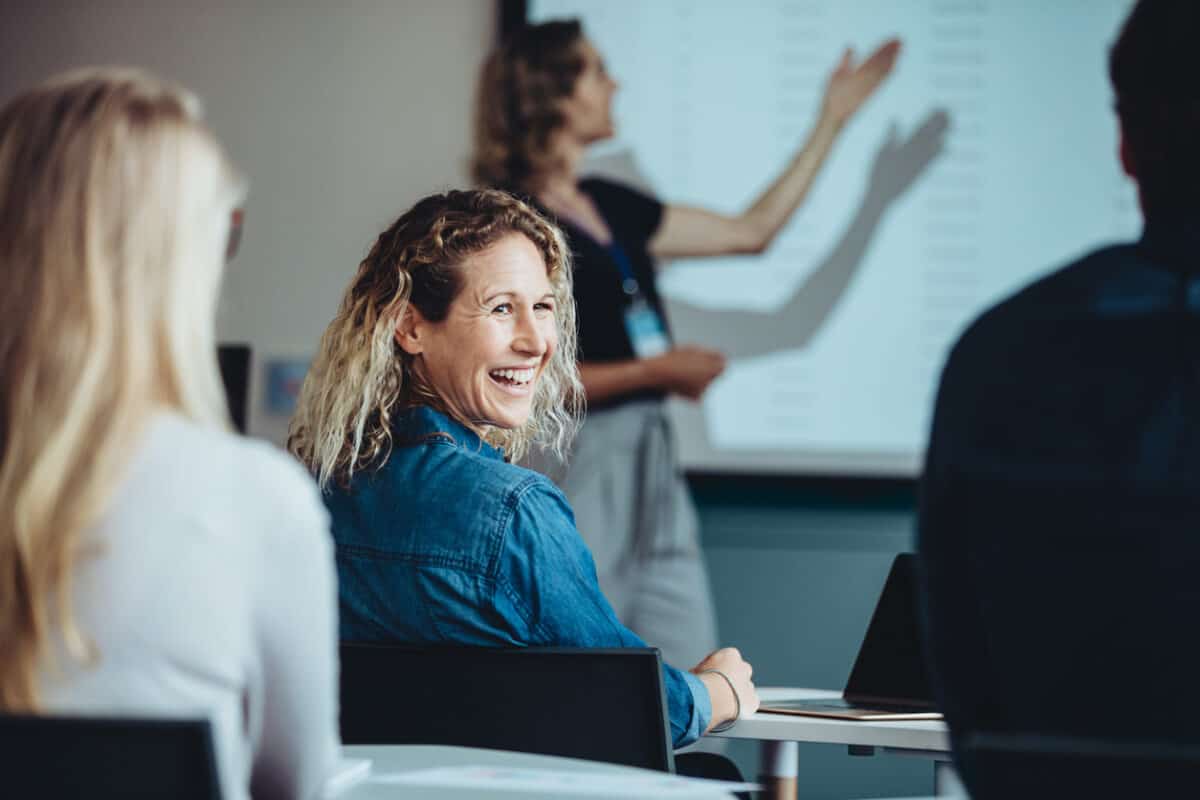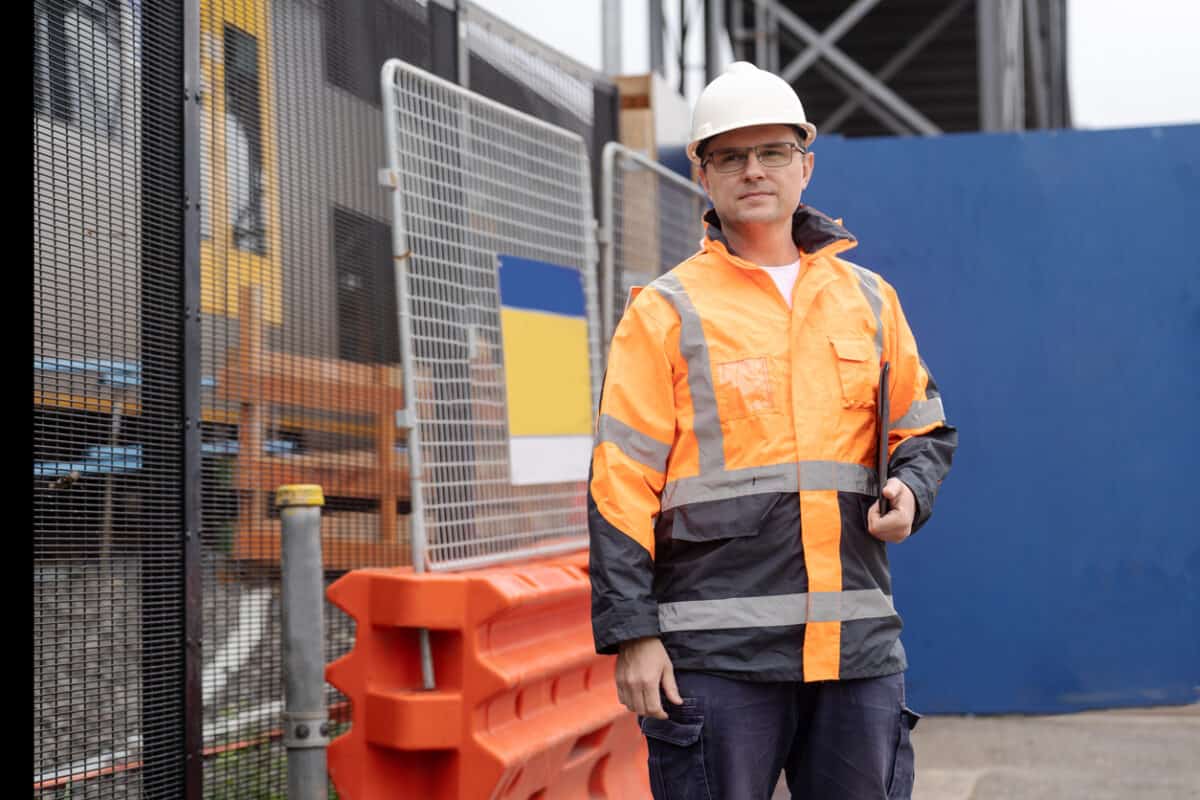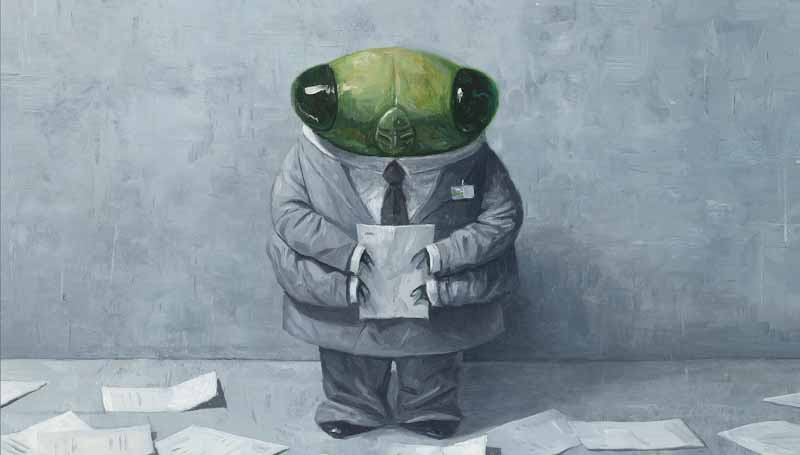Now “we need a systemic reform to the mental health system”. We always did
[This article discusses suicide.] The tide seems to be turning in approaches to the prevention of suicides in Australia. Recently the CEO of Suicide Prevention Australia, Nieves Murray, concluded a radio interview with some advice that relates directly to workplace suicides....

